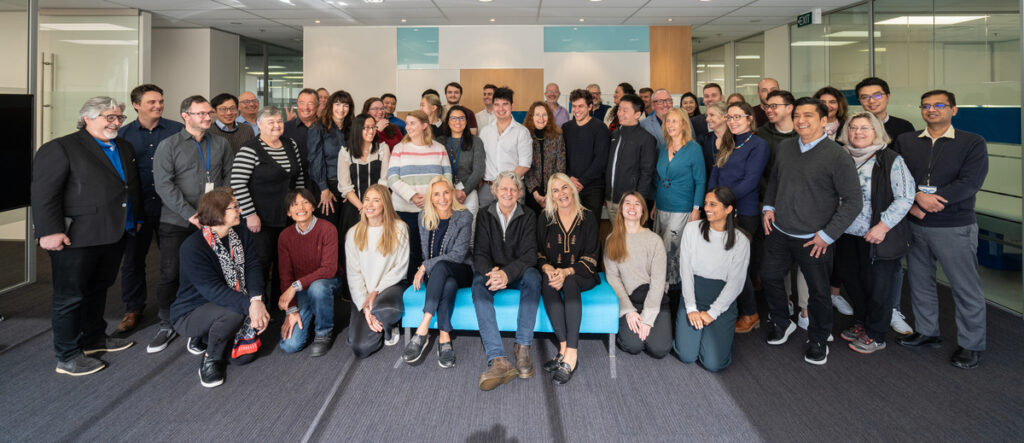A survey has found about a quarter (24 per cent) of New Zealanders who used an over-the-counter painkiller in the past three months took one which contained codeine and half of those people (47 per cent) consumed the addictive drug unwittingly.
Australasian owned AFT Pharmaceuticals commissioned The Nielsen Company to conduct a survey to shed light on painkiller use which had previously only been anecdotal. It found 88 per cent of New Zealanders had taken an oral painkiller in the past three months.
AFT founder Dr Hartley Atkinson has devoted much of his career to developing a non-codeine painkiller because of codeine’s addictive potential, and side effects such as nausea, vomiting and constipation when taken for more than a few days.
He eventually designed non-codeine Maxigesic®, which combines paracetamol and ibuprofen to provide additional pain relief without using codeine.
Dr Atkinson says the survey highlights almost half the population is ignorant to the potential dangers of codeine, and underlines the need for addiction warning labels which are being introduced in October this year.
“Many people take popular over-the-counter painkillers for a few days in a row without considering the possible consequences.
“So it is of real concern that 44 per cent of the population are unsure whether codeine can be addictive, wrongly say it is not addictive, or don’t even know what codeine is,” said Dr Atkinson.
“The survey provides excellent consumer-based statistics which give context to research published by The New Zealand Medical Journal on addiction to over-the-counter painkillers, and reports from the Alcohol and Drug Foundation that addiction to codeine is on the increase.”
“The survey found young adults aged 18 to 24 are significantly more likely to say they don’t know what codeine is. That should concern us all.”
More stringent restrictions on the sale of painkillers containing codeine come into force in October, following growing concern among health experts about codeine addition and mis-use of painkillers. Depending on the level of codeine, they will become either behind-the-counter or prescription-only drugs.
The new requirements include addiction warning labels and reduced packet sizes, and the recording of purchaser details.
“There are codeine-free alternatives available now, and the changes cannot come soon enough. Australia brought in similar rules for codeine-based products in May, and the UK put a regime of warnings and restrictions in force last year,” said Dr Atkinson.
AFT Pharmaceuticals / Nielsen survey snapshot
Key finding about New Zealanders’ knowledge of codeine’s addictive capacity:
56 per cent of people know codeine can be addictive; of the rest, 34 per cent are unsure, 6 per cent say it is not addictive, and 4 per cent don’t know what codeine is.
By gender, 60 per cent of women say they know codeine can be addictive, compared to 52 per cent of men (40 per cent of men are unsure).
Some key findings about people who use a painkiller containing codeine:
51 per cent are aware of the drug’s presence. Of the others, 32 per cent don’t know, 13 per cent wrongly say the painkiller does not contain codeine, and 5 per cent cannot not say because they don’t know what codeine is.
Only 42 per cent of people aged 18-24 know it contains codeine; of the rest of that age category, 40 per cent don’t know, 13 per cent can’t say because they don’t know what codeine is, and 5 per cent say it doesn’t contain codeine.
57 per cent of women know it is in their painkiller, compared to 45 per cent of men.





